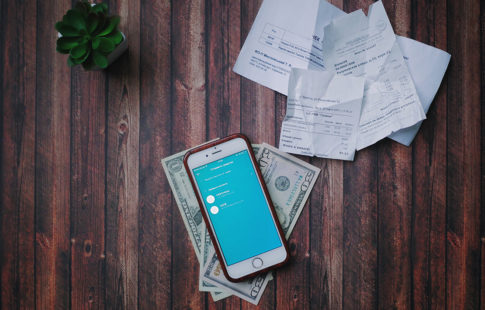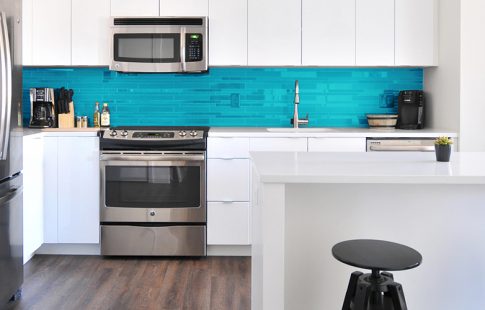Estimated reading time: 4 minutes
Looking for some predictability in an unpredictable economy? Budgeting can help, and it may be a way to protect any gains your bank account has seen during the pandemic. According to a study by the Financial Health Network, liquid bank account balances grew an average of 65% by this July—as surprising as that sounds. Budgeting can also help maximize every dollar if you’ve had to cut back, while still moving toward your financial goals. Whether those involve achieving financial security or owning a home, planning a budget can help you get there. Here are 5 steps to get started.
1. Add up your monthly income after taxes
First things first, figure out how much income you have coming in each month to build your budget around. This step is straightforward if you have a steady paycheck or retirement benefits but may be harder if you have a side gig or work on commission. In cases like these, DaveRamsey.com recommends working with your lowest monthly income, not your average wages.
2. Evaluate your spending habits
Start tracking your expenses to identify themes, or categories, in your spending—from groceries to utilities and entertainment. Then calculate how much you’re typically spending in each to set a realistic amount to budget for them. To jumpstart the process, experts suggest going through 2–3 months of receipts. Budgeting apps can simplify this process, and two of NerdWallet’s top picks are Mint® and Clarity Money®. Both can link to your bank account to analyze your spending. Sources around the internet offer free spreadsheets that can help, as well, including this downloadable option from NerdWallet.
3. Separate needs from wants as you plan the budget
Once you have your budget planning categories, separate them by needs and wants. As you do, you’ll get a sense of how much you need to budget for must-haves like your mortgage and phone bills. You’ll also spot potential savings. For example, you may see you’re spending more on “wants” like streaming services or expensive coffees than you realized. Depending on your costs, you could save $1,000–$2,000 a year on the coffee alone by making it at home.
4. Think about your budget planning goals
Next, decide what you want to achieve by planning a budget. It could be a larger savings account, a vacation, a new car, or paying off student loans. Whatever the goal, the Consumer Financial Protection Bureau (CFPB) says it should be SMART:
- Specific: Be clear about what you want. Instead of saying, “I want to save for a house,” you could set a goal of saving $5,000 a year toward a down payment.
- Measurable: Choose results that are trackable. In the example above, you’d need to save $417 per month.
- Achievable: Focus on what’s reasonable. If a budget’s too extreme, it won’t be effective.
- Relevant: Prioritize what matters. If your goal is being debt free, you’ll know to budget more for bills like credit cards.
- Time bound: Set a time frame. It will help you monitor progress.
5. Choose a budgeting planning style
Once you have your numbers set, settle on a budgeting technique to stay on track. Options include:
- The 50/30/20 rule: With this approach, 50% percent of your budget will go to necessities (which includes minimum credit card payments and your mortgage, if you’re a homeowner), 30% to discretionary spending, and 20% to debts and savings.
- Pay yourself first: This technique can boost your savings fast. Instead of paying bills first, you “pay” your savings or retirement accounts so they aren’t overlooked.
- Envelope budgeting: Tend to overspend? This method calls for putting the amount you’ve budgeted for each category of expenses into an envelope in cash. Once the money’s gone, you can’t spend any more. If you don’t want to carry physical cash, apps like GoodBudget® can help you keep track digitally.
As you can see, planning a budget doesn’t have to be hard, and it can provide predictably positive results. For more on making yours work, see our blog on 10 creative money management tips.
Tradenames and trademarks used in this blog post are the property of their respective owners. Nationstar Mortgage LLC d/b/a Mr. Cooper is not affiliated, associated, or sponsored by any of these owners. Use of these names and trademarks is not intended to and does not imply endorsement, but is for identification purposes only. Information provided does not necessarily represent the views of Mr. Cooper. Information is subject to change without notice.







